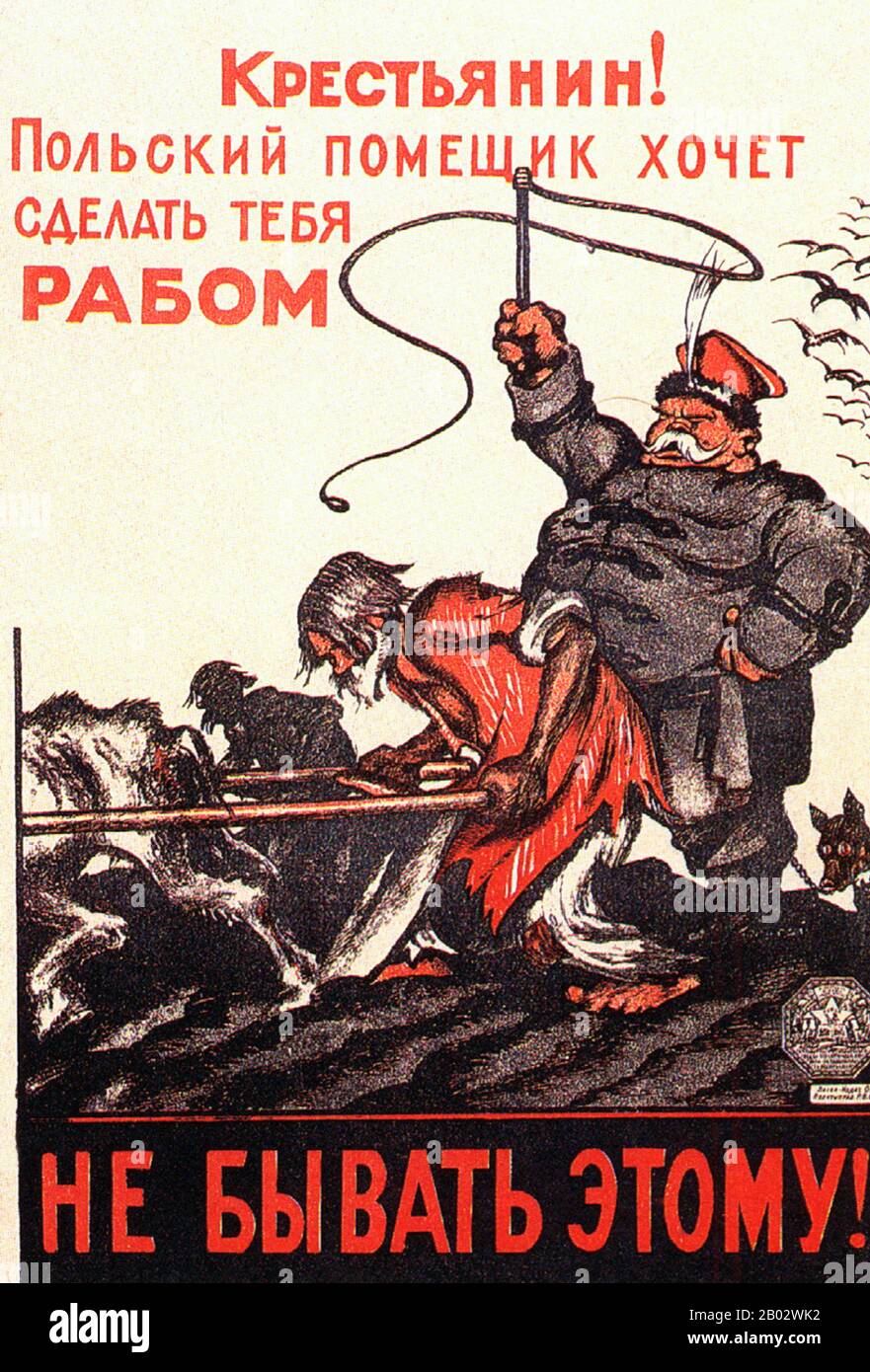Kulaks were a category of relatively affluent farmers in the later Russian Empire, Soviet Russia, and early Soviet Union. The word kulak originally referred to independent farmers in the Russian Empire who emerged from the peasantry and became wealthy following the Stolypin reform, which began in 1906. The label of kulak was broadened in 1918 to include any peasant who resisted handing over their grain to detachments from Moscow. According to the political theory of Marxism–Leninism of the early 20th century, the kulaks were class enemies of the poorer peasants. Vladimir Ilyich Lenin describe

Image details
Contributor:
CPA Media Pte Ltd / Alamy Stock PhotoImage ID:
2B02WK2File size:
51.7 MB (2.2 MB Compressed download)Releases:
Model - no | Property - noDo I need a release?Dimensions:
3500 x 5160 px | 29.6 x 43.7 cm | 11.7 x 17.2 inches | 300dpiDate taken:
25 May 2015Photographer:
Pictures From HistoryMore information:
This image could have imperfections as it’s either historical or reportage.
Kulaks were a category of relatively affluent farmers in the later Russian Empire, Soviet Russia, and early Soviet Union. The word kulak originally referred to independent farmers in the Russian Empire who emerged from the peasantry and became wealthy following the Stolypin reform, which began in 1906. The label of kulak was broadened in 1918 to include any peasant who resisted handing over their grain to detachments from Moscow. According to the political theory of Marxism–Leninism of the early 20th century, the kulaks were class enemies of the poorer peasants. Vladimir Ilyich Lenin described them as 'bloodsuckers, vampires, plunderers of the people and profiteers, who fatten on famine'. Marxism–Leninism had intended a revolution to liberate poor peasants and farm laborers alongside the proletariat. In addition, the planned economy of Soviet Bolshevism required the collectivisation of farms and land to allow industrialisation or conversion to large-scale agricultural production. In practice, government officials violently seized kulak farms and murdered resisters; others were deported to labor camps.